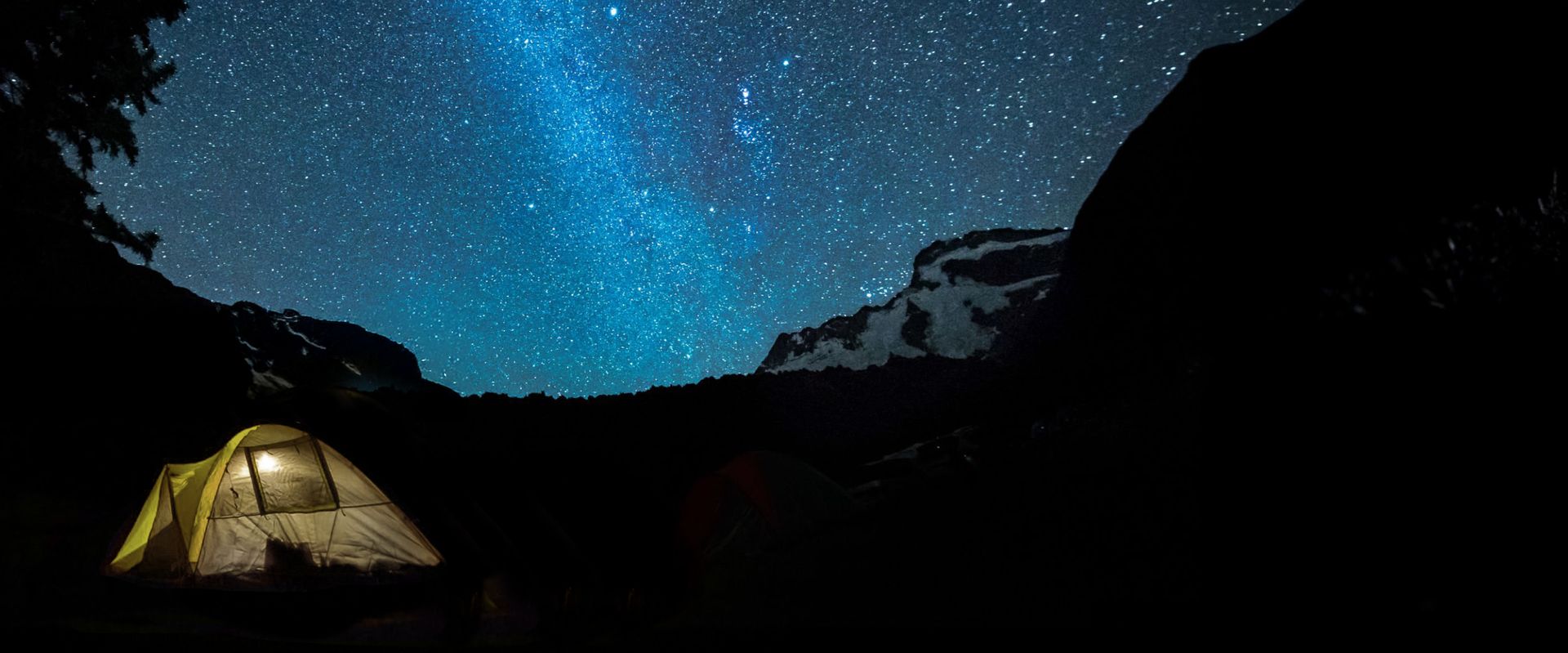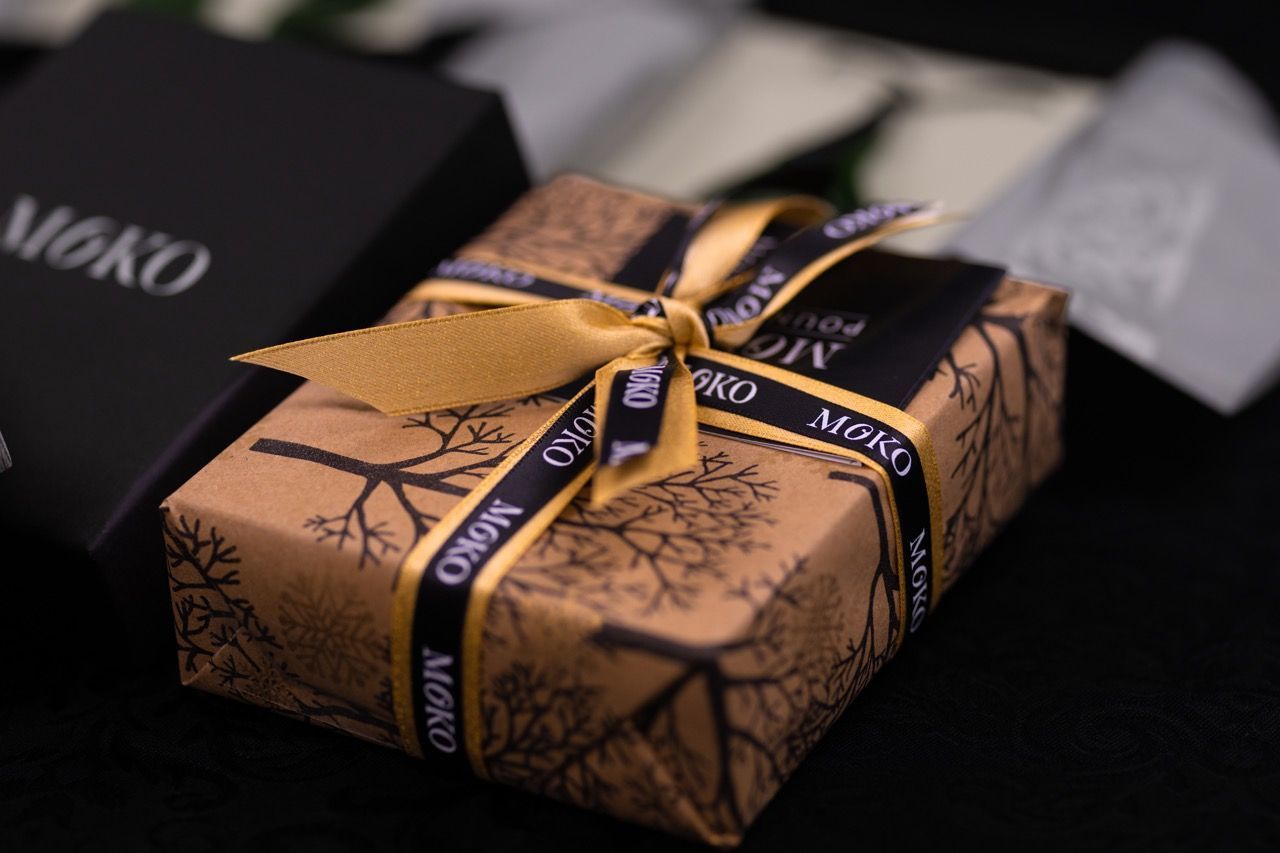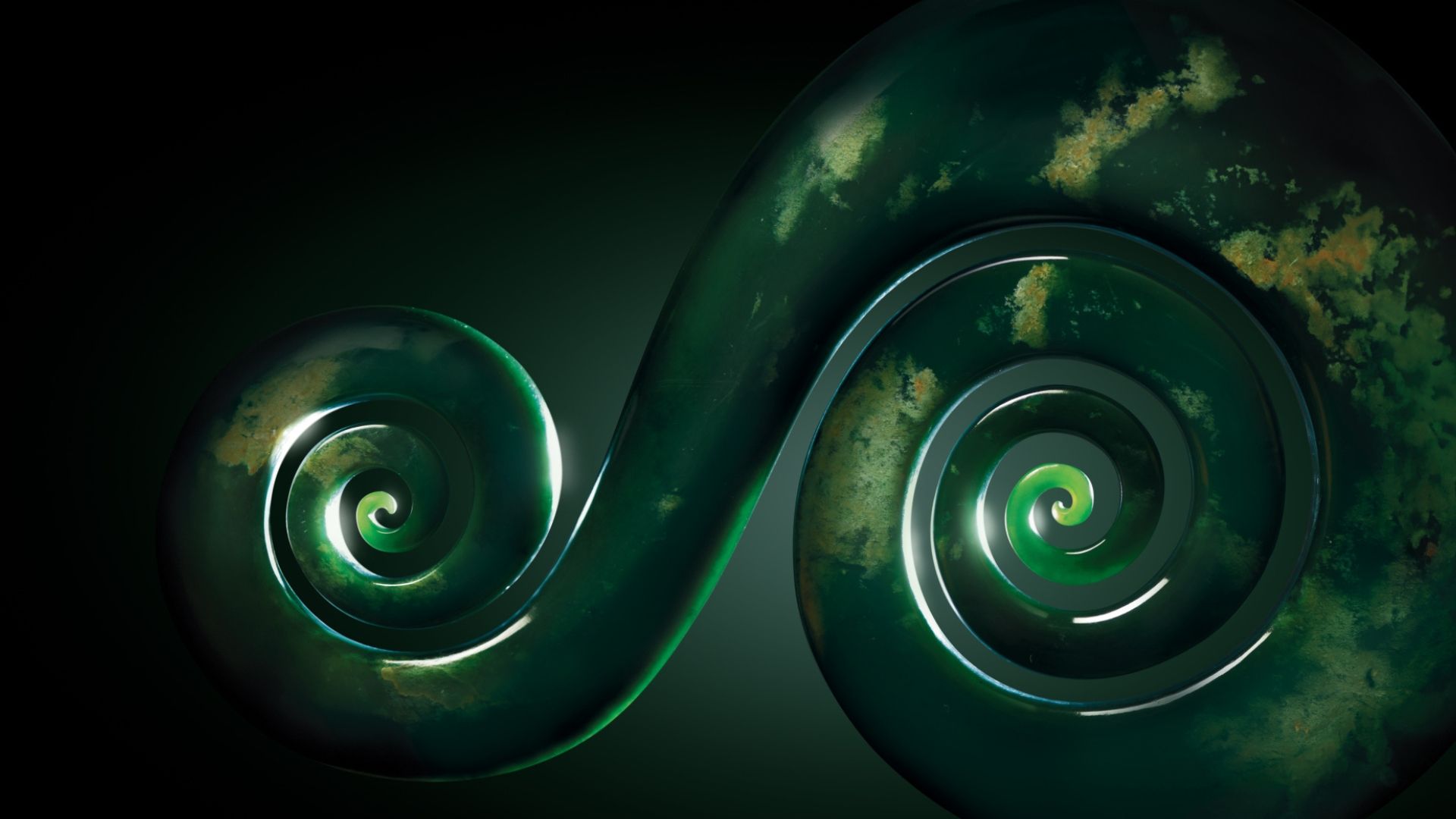
Beyond Matariki: Discovering Puanga and the Southern Stars of New Zealand's Winter Celebration
As the Southern Hemisphere settles into winter and the nights grow longer, many New Zealanders have become familiar with watching for Matariki (the cluster of stars also known as the Pleiades) to signal the beginning of the Māori New Year - and a public holiday to enjoy with our families.
But there's another celestial guide that deserves our attention, particularly here in the South Island: Puanga, the brilliant star that serves as an equally significant marker for this sacred time of year.
Puanga: The South Island's Guiding Star
While Matariki captures much of the national conversation around this time, many iwi, particularly those in Te Waipounamu (the South Island), have traditionally looked to Puanga as their primary herald of the new year.
Puanga, known to astronomers as Rigel in the constellation Orion, is a luminous blue supergiant that shines with remarkable brightness in our winter sky.
From southern Aotearoa, Puanga appears more prominent and easier to spot than the Matariki cluster, making it a natural choice for navigation and seasonal timing. The star's brilliant light has guided our ancestors for centuries, and today it offers us another lens through which to understand and connect with this important time of reflection and renewal.
Regional Variations in Celestial Tradition
The diversity in New Zealand's astronomical traditions reflects the rich tapestry of iwi knowledge across Aotearoa. While some iwi in the upper North Island focus primarily on Matariki, southern iwi such as Ngāi Tahu have long honoured Puanga as their seasonal marker.
This isn't a matter of one being "correct" and another being "wrong" - but it demonstrates how different communities developed intimate relationships with their local sky, observing which stars were most visible and reliable from their particular geographical locations.
Other iwi recognise both stars, along with additional celestial markers like Rehua (Antares) and Pohutukawa (Capella). This multiplicity of tradition reminds us that Māori astronomy was—and remains—a sophisticated and locally-adapted system of knowledge.
The Deeper Meaning Behind the Stars
Whether we look to Matariki or Puanga, the essential themes remain consistent: this is a time for remembering those who have passed, celebrating the present moment, and preparing for the future. It's a season for gathering with whānau, sharing kai, and reflecting on the year that has been while setting intentions for the year ahead.
Both Matariki and Puanga rise before dawn during winter, symbolically bringing light into the darkness. This metaphor resonates deeply during New Zealand's coldest months, offering hope and connection when the natural world appears dormant. The stars remind us that even in the depths of winter, renewal is coming.
Observing Puanga in Your Own Backyard
For those keen to spot Puanga this season, look towards the northern horizon in the early morning hours before dawn. Puanga appears as a bright blue-white star, noticeably brighter than most others in the sky. It's positioned in what many know as Orion's "left foot," making it relatively easy to locate once you've found the distinctive shape of the constellation.
Bringing Ancient Wisdom into Modern Life
As we navigate our busy modern lives, there's profound value in reconnecting with these ancient rhythms and observations.
Whether you choose to acknowledge Matariki, Puanga, or both, the underlying invitation remains the same: to pause, reflect, and align ourselves with the natural cycles that continue to govern our world.
Consider creating your own winter solstice traditions that honour this time. Perhaps it's a special meal shared with loved ones, a moment of gratitude for the year passed, or simply stepping outside to look up at the stars and feel your connection to the vast southern sky that has guided generations before us.
A Time for All New Zealanders
The beauty of this season whether marked by Matariki or Puanga is that it belongs to all of us who call Aotearoa home. These stars shine for everyone, offering their guidance and marking time in the same way they have for over a thousand years. By understanding and respecting both traditions, we enrich our collective experience of what it means to be New Zealanders living in harmony with our unique place in the Southern Pacific.
As you go about your winter days, take a moment to look up. Whether you see Matariki twinkling in the pre-dawn sky or Puanga blazing with blue fire, remember that you're witnessing the same celestial dance that has marked time, guided navigation, and inspired reflection for countless generations of tangata whenua. In acknowledging these stars, we honour both the wisdom of the past and our responsibility to carry these traditions forward into the future.
This Matariki season, why not challenge yourself to spot both star groups? Share your observations with whānau and friends, and become part of the continuing story of New Zealand's relationship with the stars.




